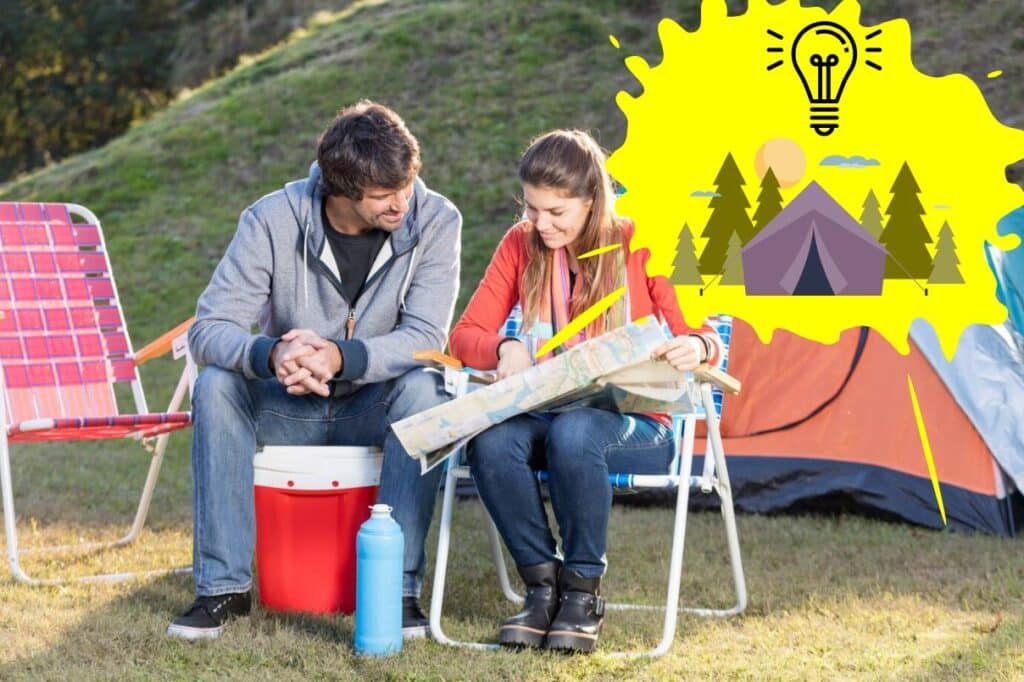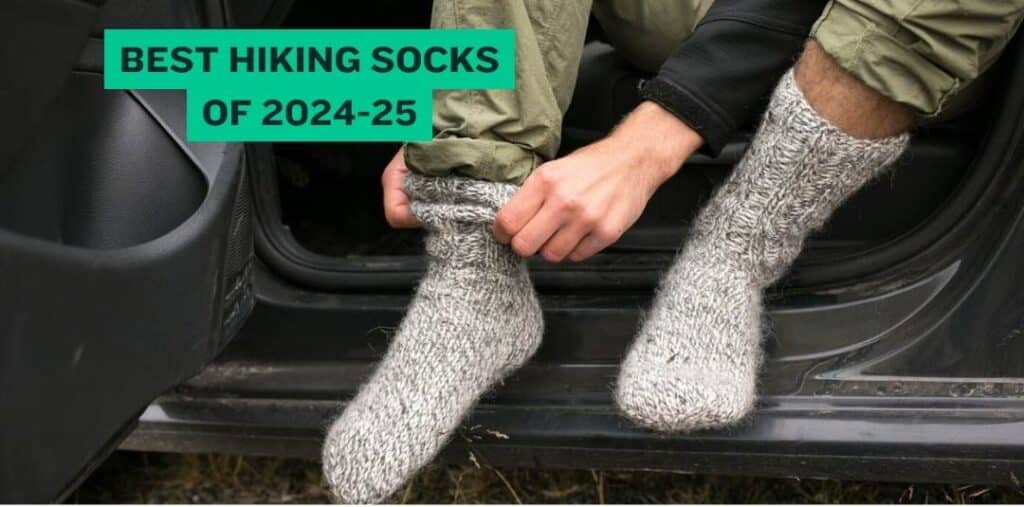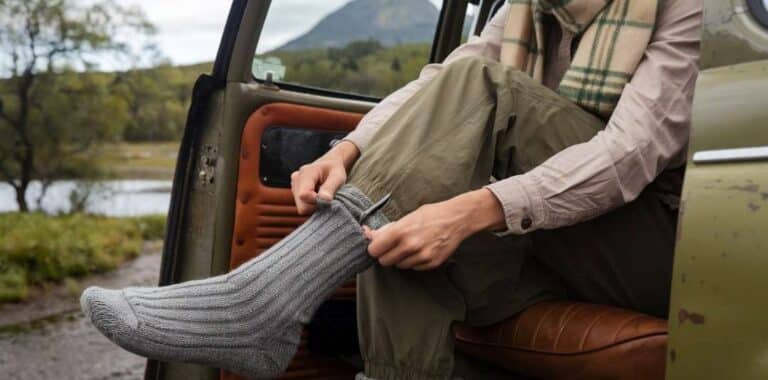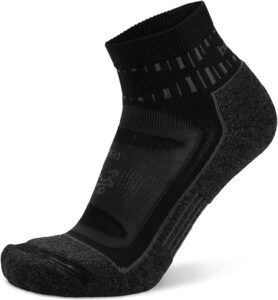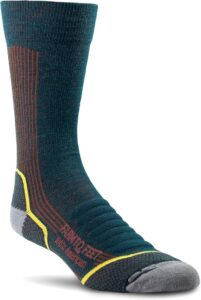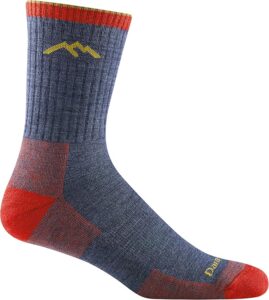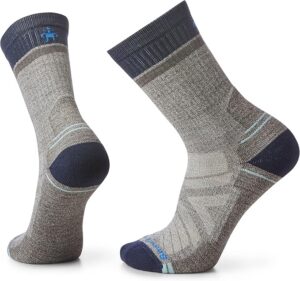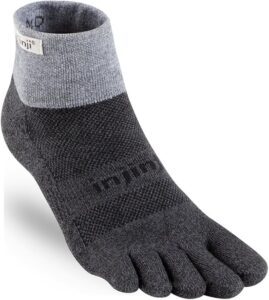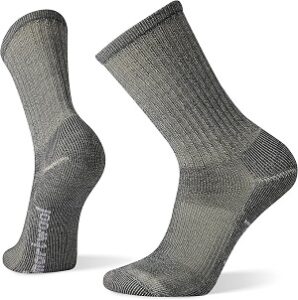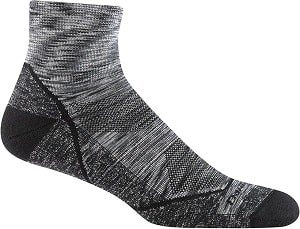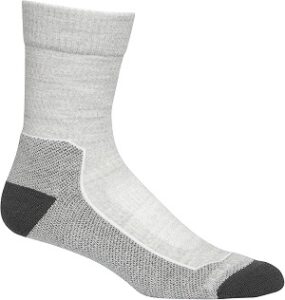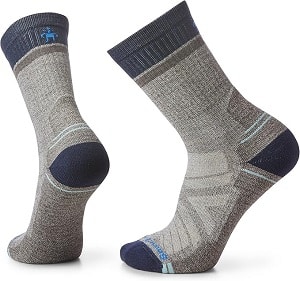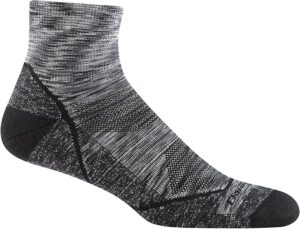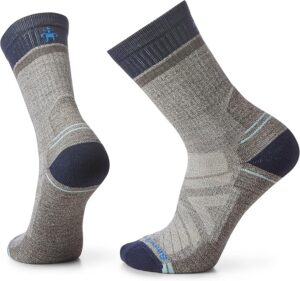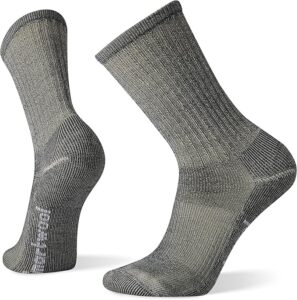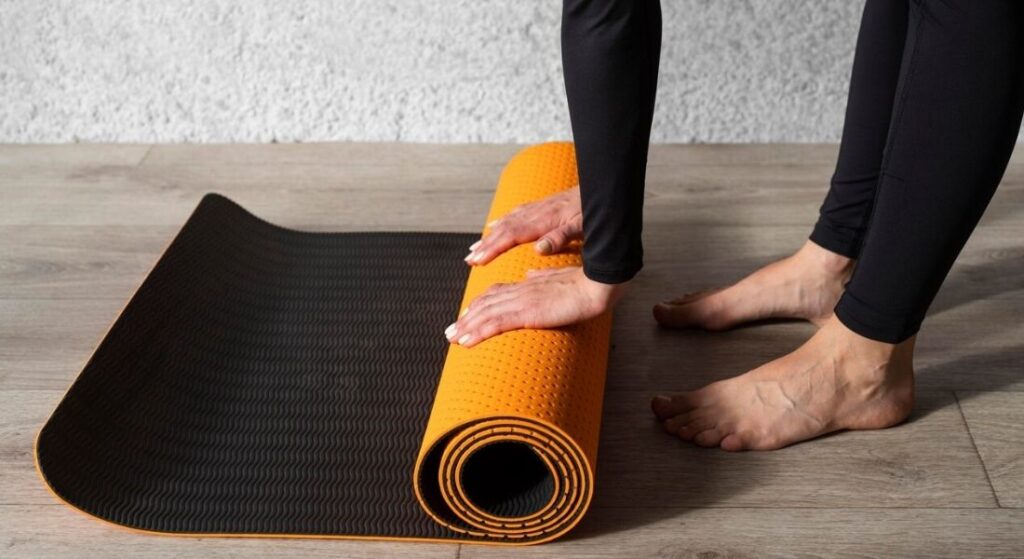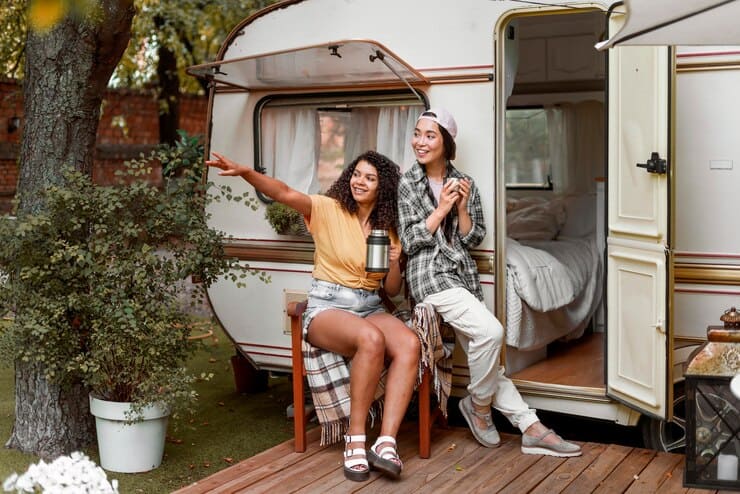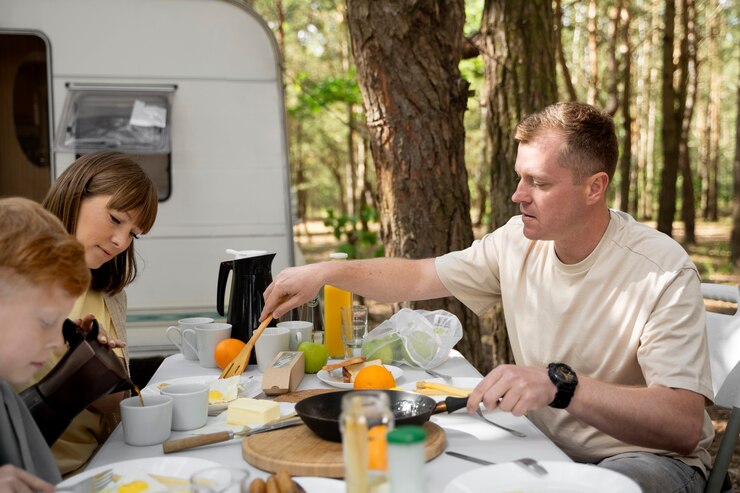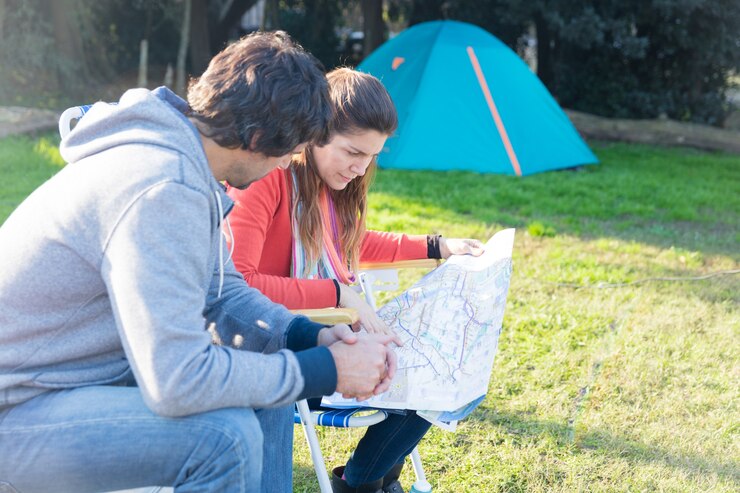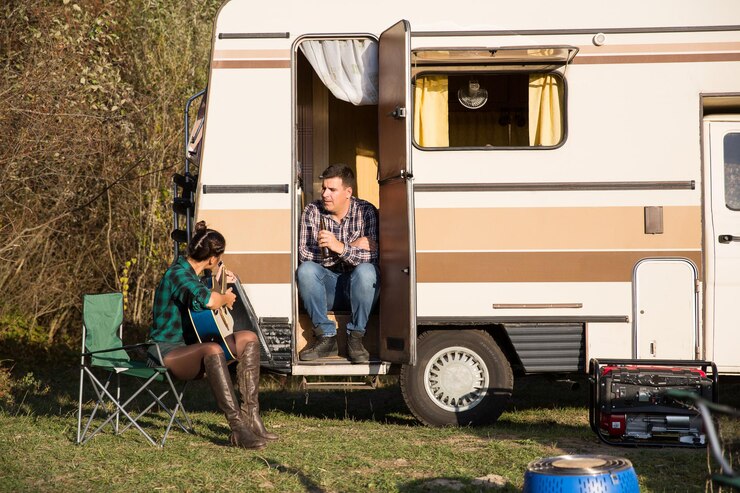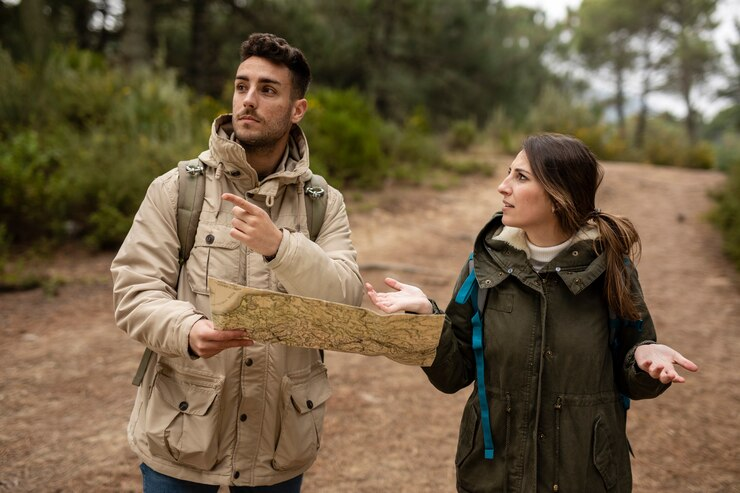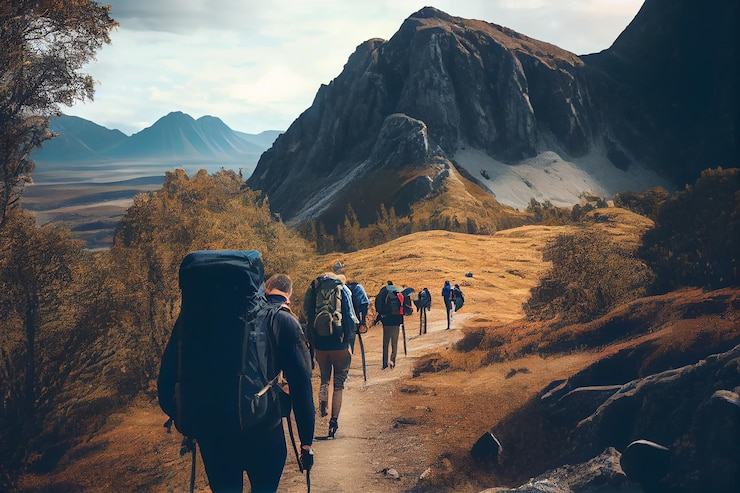10 Best Camping hacks that really works
Ahad
/ December 25, 2024
Camping is an incredible way to escape the hustle of daily life and reconnect with nature, but I think not without its challenges. From staying comfortable in the wilderness to managing your gear efficiently, even the most seasoned campers can benefit from a few clever tricks. That’s where these camping hacks come in—I will try to define everything in simple way for your outdoor adventures and ensure you spend less time stressing and more time enjoying the great outdoors. Whether you’re a first-time camper or a seasoned explorer, I hope these camping hacks will be helpful for you. Let’s dive in.
1. The Red Toggle
An injury while out camping can be pretty scary especially since camping bags have so many pockets. In the moment it could be hard to remember where you put that medical kit. So what I do is change out one of the toggles into a red reflective piece of paracord. This way even when you’re frazzled or caught up in shock you’ll be able to find your medical kit quickly or direct whoever you’re with to find it easily.
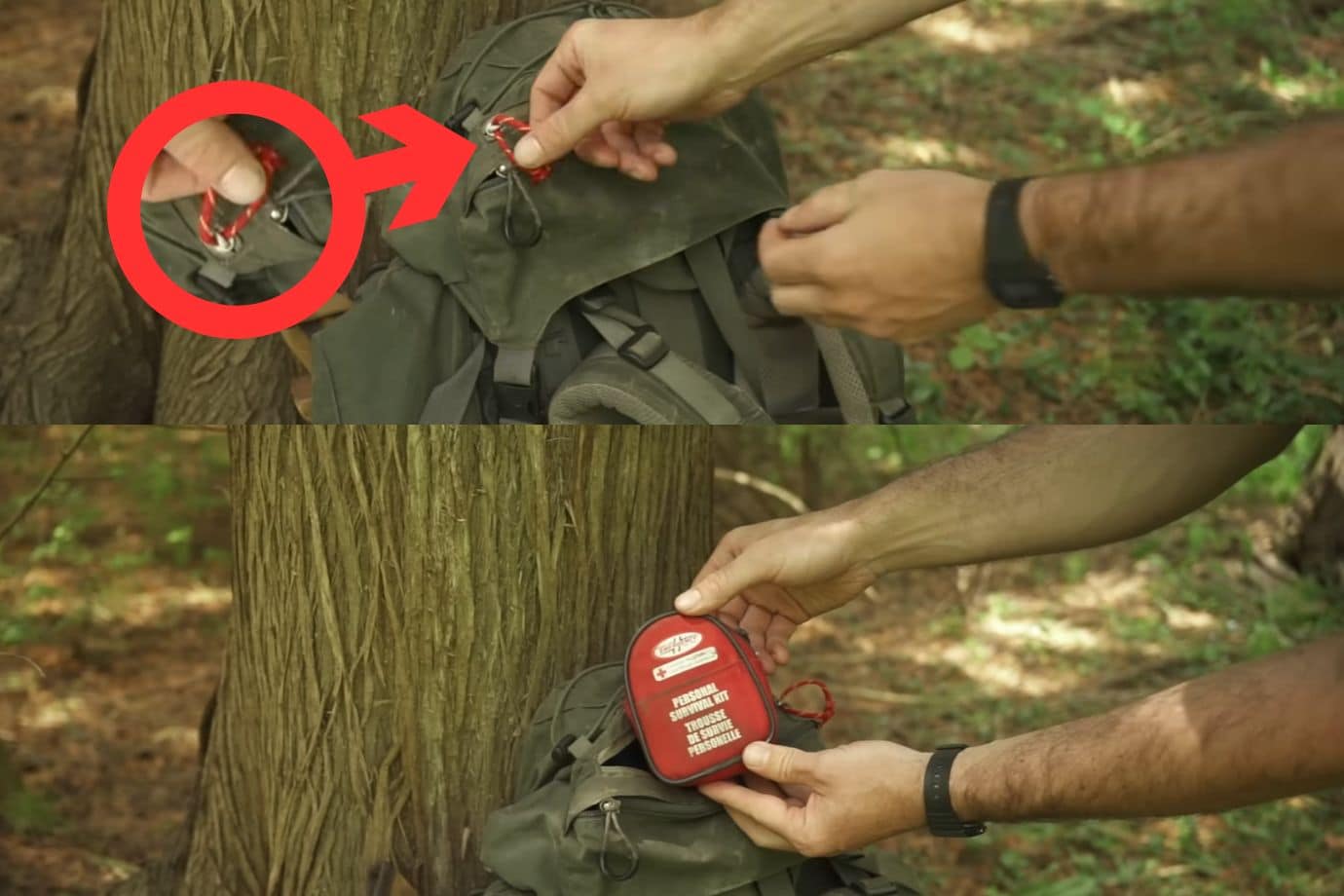
2. Double Rock Camping Hack
What happens if the ground is too hard? This is where the Double Rock comes in. With hard ground there’s generally rocks around, and you’ll first take a medium-sized Rock and wrap that cordage around it then you get a much larger Rock and put it right in front I always use a taut-line hitch here which is very easy and adjustable and I’ll show you exactly how to do that but in general that double Rock method holds up very well especially in heavy winds.
3. The High Point
Adding a high point on your tarp or vestibule the taut-line hitch is tied like this, first wrap around your object and in this case it’s the tarp tie outs so take that tag or smaller end and wrap it twice inside this Loop that’s created. Now for the third wrap go the same way but on the outside of the loop. And now pull the bottom two in the opposite direction of this top one and you have your taut-line hitch it could be remembered as two in one out that’s two wraps on the inside and one on the outside and that’s it.
So if you have this hitch as a tie out you can always just loosen your hitch slide a stick underneath and tighten the whole thing back up this gives you both a nice high point or a vestibule to hang out under and to remove it you don’t need to tie any more knots you just remove the stick and slide your taut-line hitch tightening the whole thing back up now along with a high point it’s also very important to have low points on your tarp especially if it’s raining because this is where the water is going to drain.
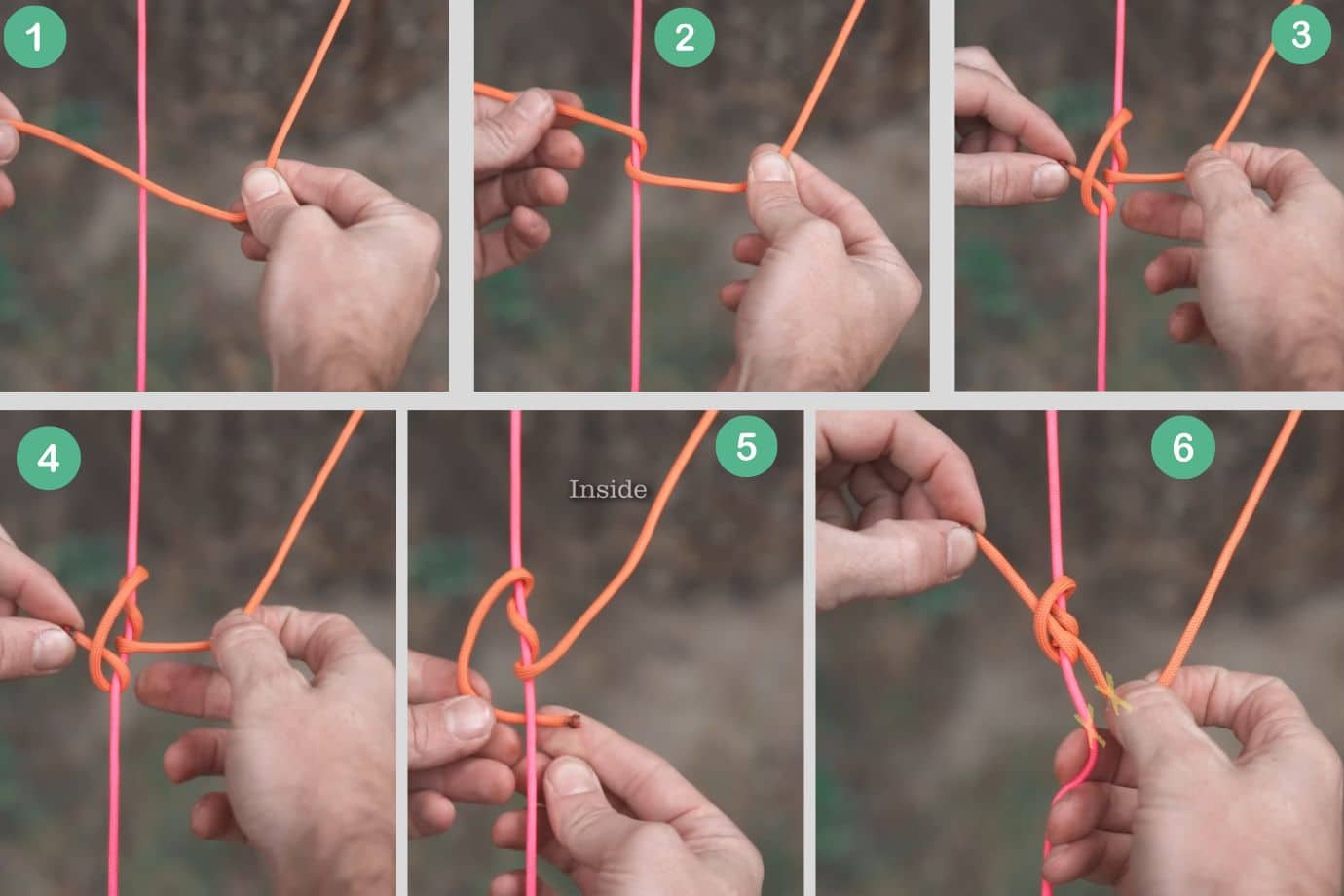
4. The Drip Line
A drip line now you can always put a pot underneath that low point on your tarp and this way it collects the water that drips down so there’s not a giant puddle there and you get fresh rain water. But the best way is to hang a line that goes straight down and right into that pot and the drip line will allow the water to continuously go down and fill the pot.
5. The Taut Line Stowaway
My favorite camping hack is the taut line stowaway well, when you go to pack up your tarp simply wrap up the line into a Hank and put the line neatly through that Loop and you could tighten the whole thing down on itself and this is incredible because you have your lines now pre-attached to your tarp. You just pull it when you’re ready to use it.
6. Rip Fix Camping Hack
Sometimes these traps rip if you’re in heavy wind especially if you have one of those tarps with a grommet the rip fix now there’s two good options here. Grab your ripped end of the tarp and for the first one we fold it in a loop back onto itself take your line thread it through the back side of that Loop and wrap it around and then underneath itself now when you pull tight that rope will Bunch up on itself and this holds really well in strong wind and is easy to release afterward.
And the other method is taking a smooth Rock. Simply just Bunch up the tarp around it and I’ll tie a simple clove hitch with a quick release or you could really tie any knot here with this method the corner will be a little bit heavier because the rock. But it still works really well and the quick release is really nice too.

7. Nature's patch Camping Hack
What happens if your tarp gets a hole in it and you don’t have a patch kit? Nature’s patch is a good way to get a temporary patch on that hole. The bark on a birch tree is waterproof and so is the resin that’s found on Pine or fur trees. If it’s exposed just rub it onto the back side of that Birch piece and taking a flame to some of the harder bits will melt it and make it viscous enough to stick to that Birch. If you find a tree like this with these blisters you could pop the blisters use a stick and not your knife cuz it’s pretty sticky and messy and this will work great as a waterproofing now we have our patch with the resin and everything on here is waterproof.
First put it over the hole and then go back collect a bit more resin and now just cover up all the sides it’s a good temporary fix to get you through the night and will repel a lot of the water and will surprisingly hold very well through some aggressive winds.
8. Bundle Split
This Camping hack works if you have one big log or multiple small logs. We’ll tie a rope around it and have a Jam Knot or really any binding knot cinch it up and now you could split your firewood all at once without having to restack each piece. And when it’s done you have split logs already bundled up to carry away.
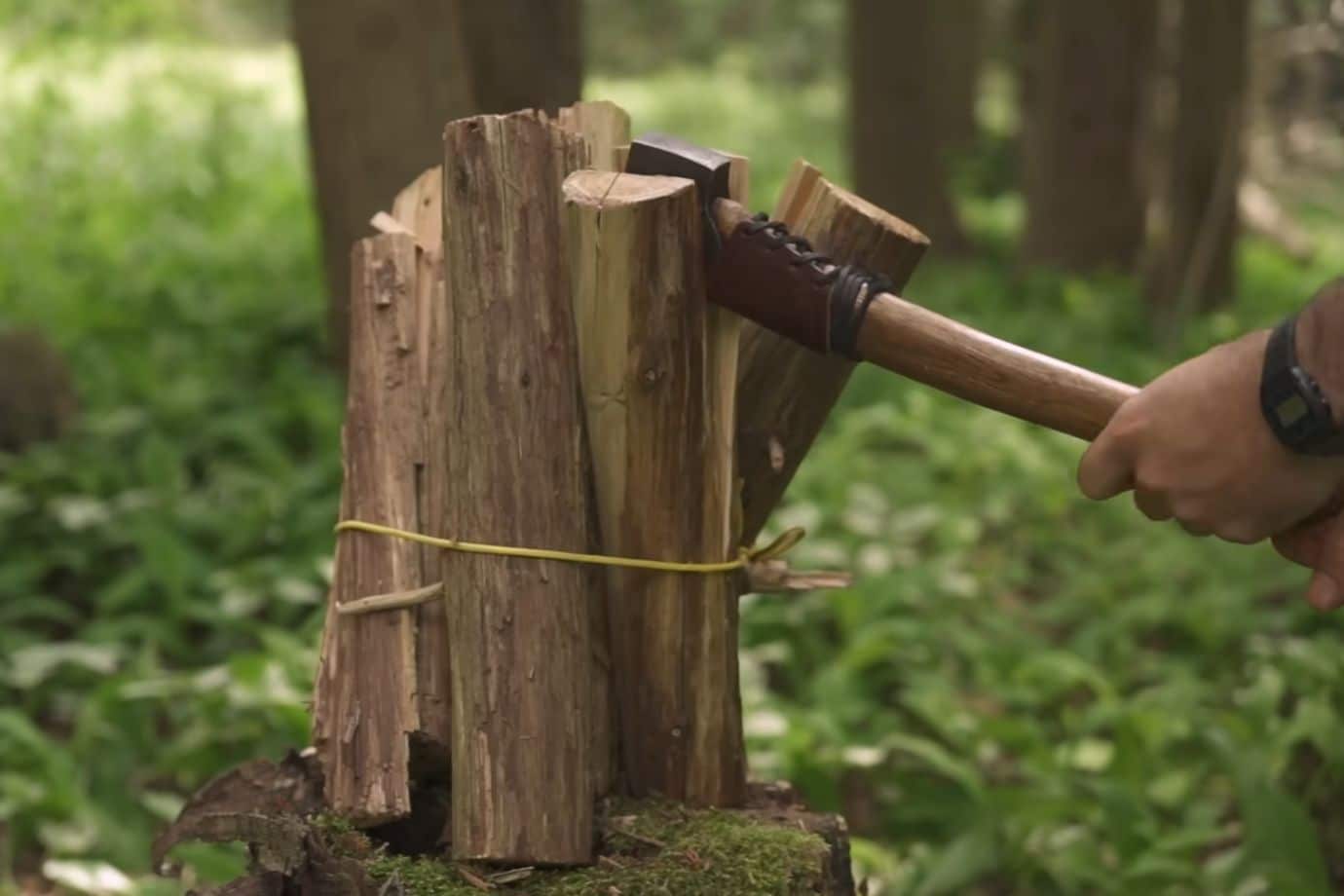
9. Camp lighting Hack
If you break off the lower branches of those resinous pine trees that we talked about earlier. You’ll find some of them contain this amberol colored wood. It’s called fatwood and it’s the hardened sap inside now if you shave these down they actually burn really well and for a really long time. So you could use them as Camp candles adding to the Ambiance or if you get a whole bundle of them you can tie them together.
10. The Field Drop
If you have actual chips in your blade then you’re going to need a sharpening stone to hone it. But if your blades are just dull, you can simply use a leather stop and that’s why a lot of outdoorsmen wear a leather belt if you run your knife backwards on the inside or flesh part of the leather it’s the real big secret to how to get a razor sharp edge.
Final Thoughts
I hope these camping hacks make your next trip easier, more enjoyable, and full of great memories. Thanks guys, for reading my blog! If you have any other camping hacks you’d like to share, feel free to comment below—it could be super helpful for others in the camping community. Let’s keep the adventure spirit alive together.

